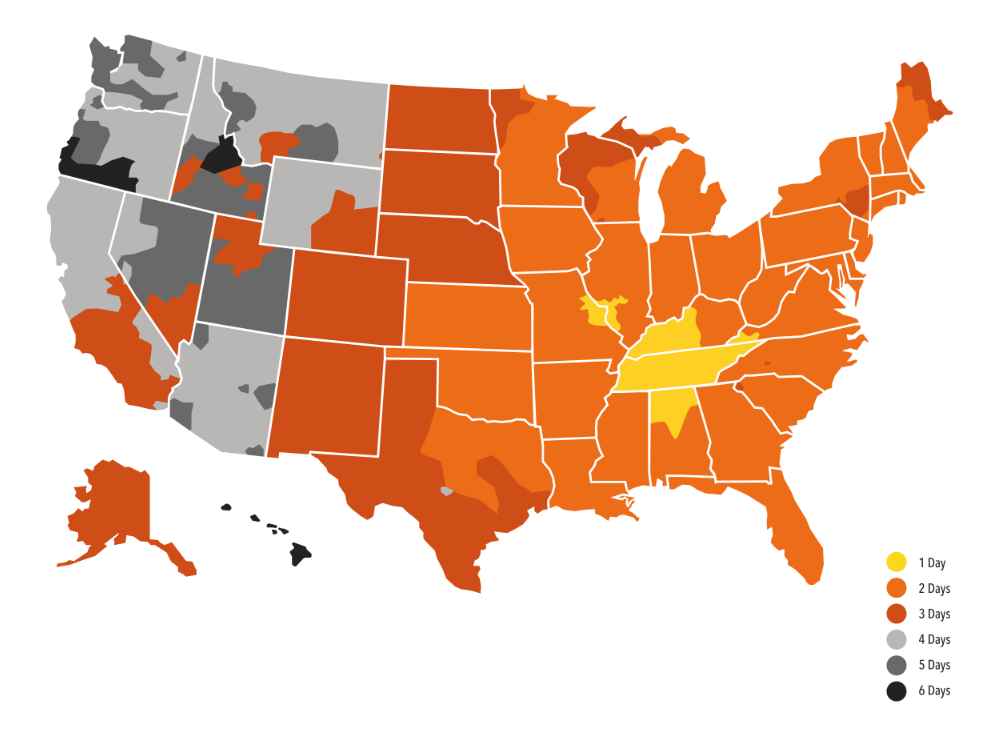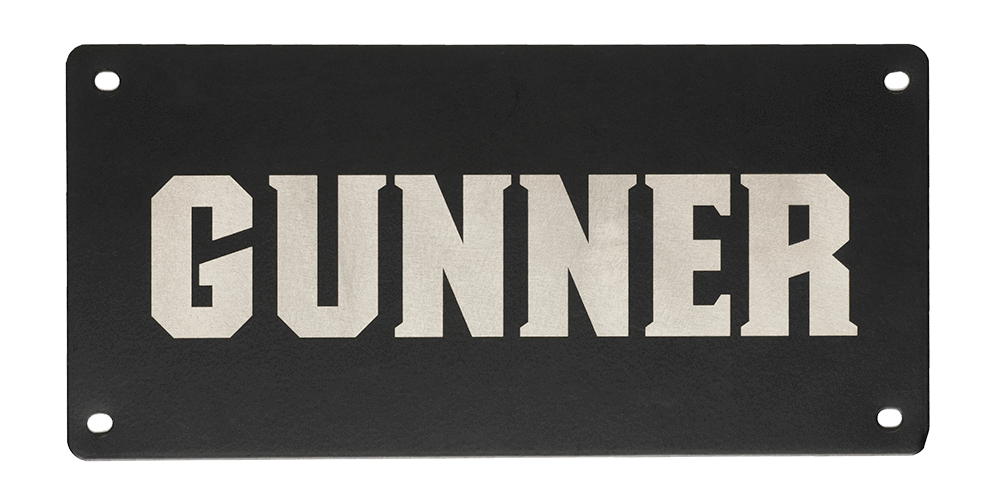Experience
Safety
Knowledge
Community
Our Story

GUNNER is dedicated to supporting the efforts of Ducks Unlimited by giving back a portion of every Ducks Unlimited x GUNNER purchase that is made. Ensuring the protection and stewardship of our natural resources is an ever-evolving task, and the DU team works tirelessly to validate, prioritize, and execute in meaningful ways.
GUNNER had the chance to sit down with Mike Brasher, Ph.D., is a Waterfowl Scientist at Ducks Unlimited, and he shared a crash-course on what conservation means in today's world, how his team approaches opportunities, and how folks can get involved.
There are many different definitions and views on “conservation,” but the one I prefer, first offered by the conservation icon Gifford Pinchot, is simply, “the wise use of our natural resources.” One of the most important components of this definition, in my opinion, is the recognition that we as humans use and obtain value from our diverse natural resources, whether they be wildlife, forests, fisheries, wetlands, streams, or natural landscapes. The use and values that we place on these resources are what make us care, and by caring we are motivated to give of our time, money, wisdom, and influence to ensure these resources are abundant, healthy, and sustained for enjoyment by future generations, just as we have enjoyed them.
It’s difficult to list just three! At the core of DU’s mission are on-the-ground solutions to the threats and challenges facing waterfowl and their habitats. We deliver these solutions through 3 broad conservation strategies: protection, restoration, and enhancement of wetlands, grasslands, and other habitat types critical to waterfowl. Within each strategy, we employ a multitude of tactics and approaches, which are dictated by the primary threats to a given habitat, the ecological setting of a given project, objectives and priorities of the landowner or other interested party involved in the project. What our best science advises is the most effective solution to a given problem, and the resources or funding programs available to help us deliver that solution.

Reliable, scientific information is the foundation for ensuring conservation decisions are effective and efficient, and that we use our precious financial resources wisely. Since our founding, DU has relied on the best available science to identify where we need to work to support waterfowl populations and the people that value them, what type of conservation we need to be pursuing, how much habitat we need to be conserving, and which project activities will best deliver the desired results. We also apply scientific approaches to quantify the benefits produced from our conservation actions, including metrics of waterfowl habitat outcomes and other services they provide to broader society, including flood water storage, removal of excess nutrients, carbon sequestration, coastal resiliency, groundwater recharge, and numerous others.
Waterfowl do not recognize land ownership boundaries, and as a result, DU must work on both public and private lands to achieve our mission. Simply put, landowners are among DU’s most critical partners! Much of the private land on which we work exists as “working lands,” primarily in the form of row crop agriculture and ranchlands. Landowners depend on these lands for their economic livelihood and broader society depends on them for the production of food, fiber, and fuel. A core principle for delivering conservation solutions on these working lands is to seek voluntary, incentive-based programs that deliver benefits for waterfowl while supporting or enhancing on-farm operations. Ultimately, we seek solutions that meet landowner objectives while providing or enhancing habitats for waterfowl.

Regulations for waterfowl hunting in North America are some of the most scientifically rigorous wildlife regulations on the planet. At the core of harvest management processes in the U.S. and Canada are 3 key data sets that enable waterfowl managers to constantly monitor the status of waterfowl populations and refine our understanding of the effects of harvest on population ups and downs. These 3 data sets are banding data, harvest data, and breeding population and habitat survey data. Referred to by some as “the 3 horsemen of waterfowl management,” scientific analyses of these and other datasets have repeatedly identified habitat and the annual variation in environmental conditions as the primary drivers of waterfowl populations. Thus, while hunting regulations ensure that annual harvest remains at responsible levels, large-scale conservation of priority waterfowl habitats is the long-term solution for ensuring healthy and abundant waterfowl populations.
Most importantly, join Ducks Unlimited and other conservation organizations. Become a volunteer for your local DU chapter, where you will meet a multitude of like-minded people all working toward a noble cause. Give your time, your voice, your political influence, and your financial resources to ensure waterfowl conservation remains relevant to our local, state, and national decision makers.
Mike Brasher is the co-host of the Ducks Unlimited Podcast, available on all podcasting platforms. To learn more about joining Ducks Unlimited or to find your local DU chapter, visit www.ducks.org.

ADDED. COMPLETE YOUR SETUP
PERSONALIZED KENNEL NAME PLATE

ADDED. COMPLETE YOUR SETUP
FOOD CRATE NAME PLATE

ADD TO COMPLETE YOUR SETUP
FOOD CRATE NAME PLATE
